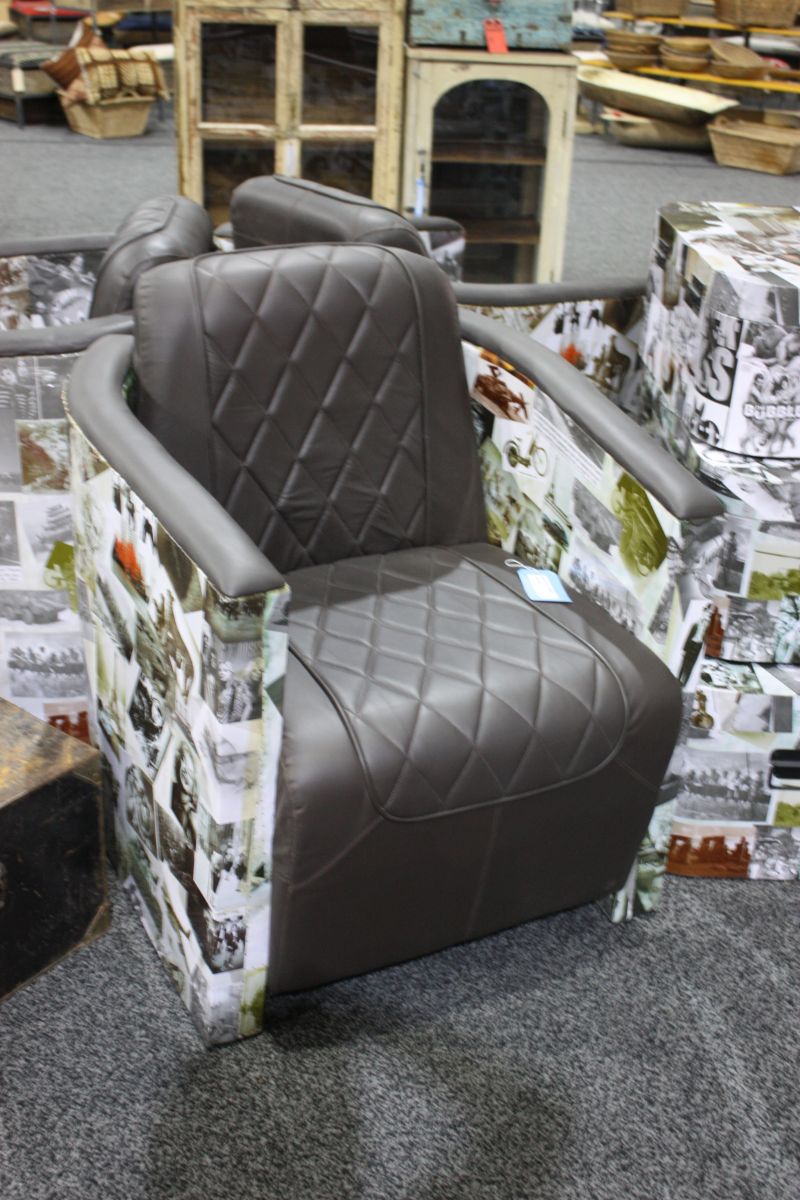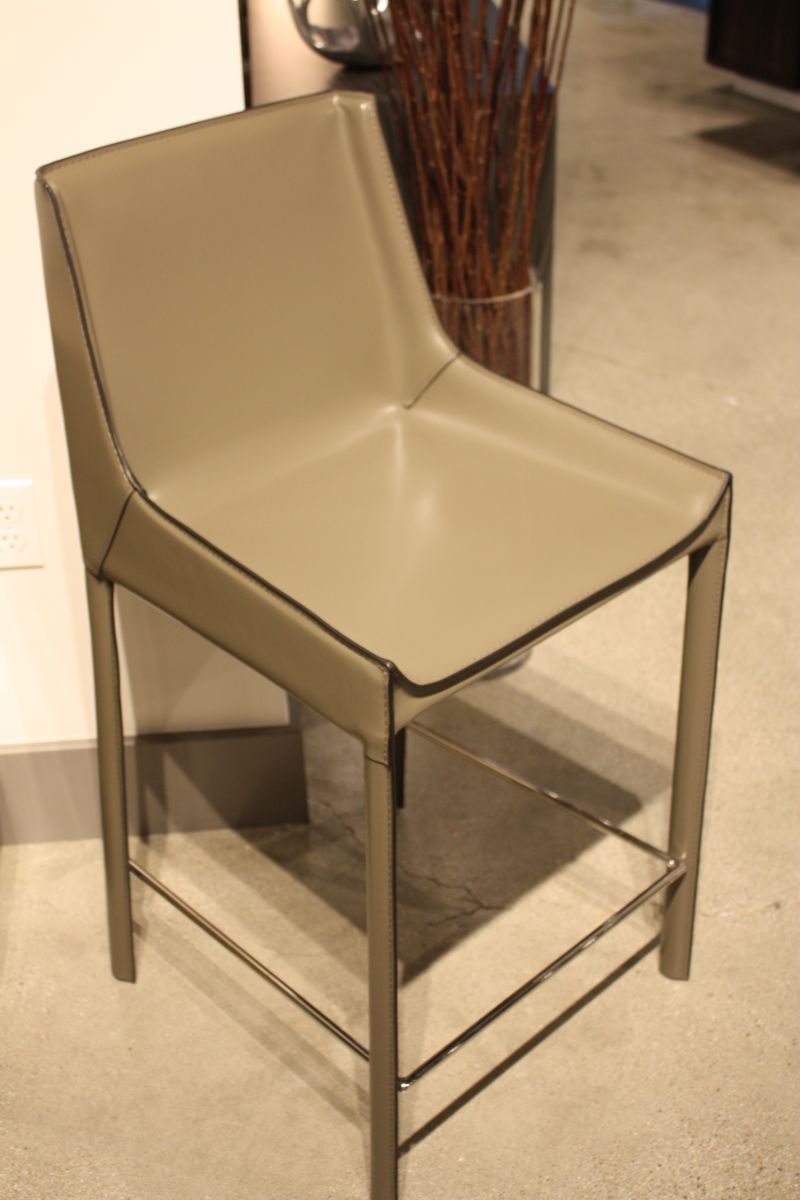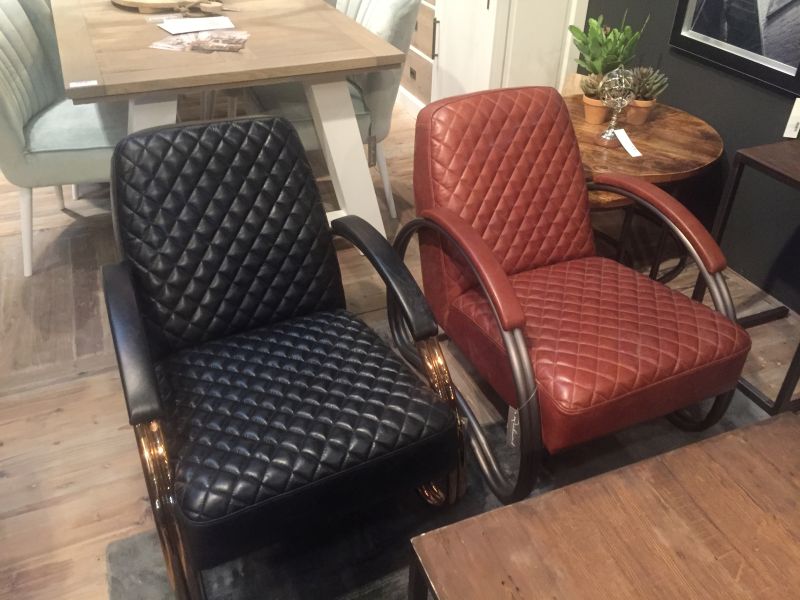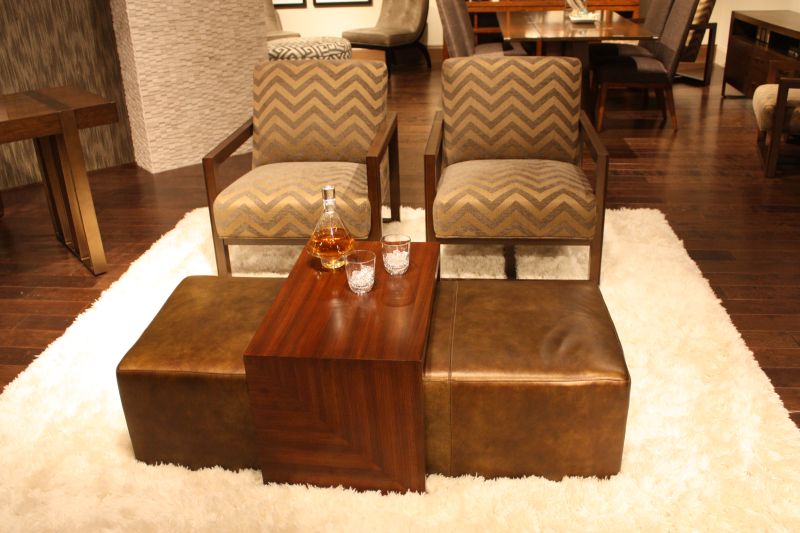Some types of faux leather are very bad. PVC leather is environmentally damaging for a number of reasons. The dioxins it contains are toxic to humans and environmentally damaging if burned. Flexible PVC contained phthalates, which are carcinogenic and believed to disrupt the endocrine system
Fake leather also has a tendency to tear at the seams, which real leather does not.
No matter what particular name it uses, a faux leather sofa is not as durable as a genuine leather sectional. Plastic-based leather alternatives have lower prices but they are not breathable. In addition, they can puncture easily and the furniture upholstery will crack over time. These materials are, however, stain-resistant and low maintenance.
What is Faux Leather Material?
Moreover, PVC releases dioxins, which are polluting compounds. Manufacturing also adds plasticizers such as toxic phthalates to make it supple. Greenpeace calls it the “single most environmentally damaging type of plastic.”
People who choose to follow a vegan lifestyle will often opt for alternative materials like these to avoid animal skin — real leather.
However, this material also goes by other names as well, such as leatherette, vegan leather and eco-leather to name a few.
Genuine leather upholstery ages beautifully to a marvousl patina. Imperfections that come with age and wear only enhance the soft, luxe, expensive luster and feel of real leather.

The material is made in large sheets and the pieces are versatile and easy to cut. For genuine leather sofas and chairs, cutting the pieces needed has to work within the size limits of the hide used.

Reasons to Use Faux Leathers
Also, fake leather sofa materials are not as durable and will peel and split, as will bonded leather.
Price
We’re going to cover all the basics of faux leather to let you figure out for yourself how you feel about the material.
While they are still not real leather, they do mimic some of the qualities. Moreover, as a whole, they are more environmentally friendly than fossil-fuel-based materials like PU and PVC.
Furniture made with PU faux leather typically lasts from three to five years. While it depends on the level of usage, the durability is nowhere near that of genuine types of leather upholstery. A real quality leather sectional, for example, can last up to 25 years or more when maintained properly.
Personal Preference
New alternatives to real leather include those made from mushroom fibers, fruit waste, plastic waste, pineapple fibers and other organic materials.
Newer types made from plant waste are also considered fake leather and go by a variety of names.

Different Types.
Real leather is more environmentally friendly than artificial leather because it is a natural byproduct of cows used for beef.

1. PVC Leather


2. PU Leather
Polyvinyl chloride material is less commonly used than it was during the 1960s and 70s. That said, some vegan leather materials still use it. Items made with PVC-based materials are hard to clean and are not breathable.
Faux leather is exactly what it sounds like: Fake, artificial, or synthetic leather. It is made using primarily chemicals. Typically, a plastic layer is bonded to a polyester fabric base material.
Technology is Yielding More Alternatives

Importantly, these most popular types of faux leather are made using fossil fuels. The petroleum-based products are not environmentally friendly and like most plastics are not biodegradable.


Variety
Faux leather has increased in popularity over the past several decades for a variety of reasons. If you want to learn more about faux leather upholstery in home décor, what it is, and when it makes sense (or no sense at all) to use it, read on.
Choosing between faux leather materials and genuine leather basically comes down to price and personal preference. For all the reasons we laid out, there are pros and cons to using artificial leather. Do your research, try out different models and make the right choice for yourself.
Real leather possesses hypoallergenic traits, which is beneficial. Artificial leather lacks any such qualities, making it a material more prone to be allergen-inducing. It can also release a synthetic or petroleum smell or even toxic compounds.
Low Maintenance

Faux leather upholstery also fades less than real leather does.
Reasons to Avoid Faux Leather
The post Faux Leather: What It Is and When to Use or Avoid It appeared first on Homedit.
Ages Gracelessly
Faux leather usually consists of a plastic layer attached to a fabric or polyester backing. Over time, the top layer will degrade and start peeling. This is also the case with bonded leather.
Synthetic leather upholstery materials lack the natural elasticity or structural forgiveness that real leather has. This means that faux leather can be punctured or torn more easily than real animal hide.
Different types of plastic are used in fake leather production and the specific type determines whether it has any eco-friendly qualities.

Not Breathable
The first of the two types is polyurethane, often called “PU Leather.” The second is vinyl, which is polyvinyl chloride or PVC.
On a basic level, it is possible to use faux leather to upholster all sorts of furniture. You can use it for chairs, sofas, headboards and other furniture and accessories.
Not Environmentally Friendly

In fact, the style options available are wide because fake leathers are cheaper to make.
In other words, faux leather is an entirely new material that is manufactured. This is the opposite of genuine leather, which is the upcycled hide of the cow. If it were not turned into leather, it go to waste, heading for a landfill or incinerator.
PU-based synthetic materials are preferable to the PVC types. This is because they are less dangerous and have a little more breathability than PVC-based materials. Manufacturers are updating their production to cut down on hazardous toxins. That said, PU faux leather is still based on fossil fuels.
High(er) Puncture Factor
Of the two main types of faux leather, polyurethane (PU) leather does a better job of mimicking a number of qualities of genuine leather. It is hard to say anything about the newer types being developed. There is no track record on how durable they are for furniture. Moreover, they are currently being used primarily in garments and handbags.
A sofa is one of your bigger furniture investments. Unfortunately, if you purchase faux leather, it will not wear as well or long as quality genuine leather.
New technologies are producing new kinds of alternative materials that resemble real leather. These are as versatile as the more toxic fossil-fuel-based materials
Non-Hypoallergenic

Frequently Asked Questions (FAQ)FAQ
Is faux leather good for upholstery?
Faux leather upholstery often has a significantly lower price than real genuine leather. This is because it is manufactured using synthetic compounds.
Is faux leather as good as real leather?
There are different kinds of faux leather materials, but two primary types.
Is faux leather good for a sofa
In addition to having less durability, faux leather is not breathable. Of course, certain types breathe even less than others. If this is a concern, avoid PVC based-materials at all costs. This is because they are the least forgiving in the breathability department.
Faux leather is the term commonly used with regard to its application for furniture upholstery, including for a chair, headboard, loveseat or sofa — even for sectionals.
What type of faux leather is the best?
Typically, fake leather upholstery is very easy to clean by simply wiping it with a damp cloth. There are no pores to soak up stains, which keeps things cleaner as a whole.
How long does faux leather furniture last?
While it doesn’t fade or stain, it will tend to tear at the seams and edges. This cannot be repaired and the sofa will have to be reupholstered or discarded. Moreover, fake leather materials are not natural and feel rather like plastic.
Does faux leather always peel?
Polyurethane (PU) leather is not as bad, but the manufacturing process uses toxic chemicals such as dimethylformamide. This compound has been linked to birth defects.
Obviously, faux leathers are not real leather and are not animal byproducts.
Is faux leather toxic?
Faux leather does not have the ability to age like real leather. In fact, a faux leather sofa will never look better than it does in its brand-new state.
Because faux leather is a manufactured material, upholstery can be made in many chic colors, styles, textures, and patterns, just like genuine leather. This is useful when working with a specific and/or tight color palette or design scheme, for example, a specific leather sofa or loveseat style.
Faux Leather: Conclusion

While it does contain leather, it is not an animal skin. Actually, it is leather scraps that are ground up and attached to a backing. The material is topped with a polyurethane sealant and the leather-like pattern is stamped on. This is not really faux leather, but it’s also not the quality of genuine leather and the furniture will readily split and peel.